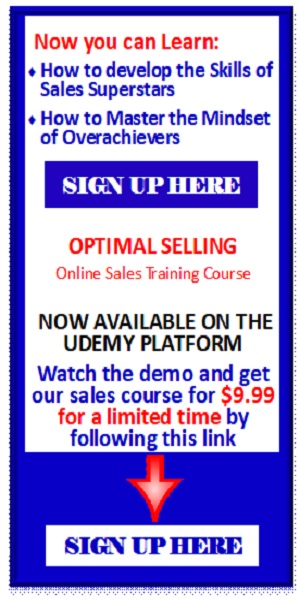
Many people say that if you know the prospect’s pain you can make a sale. That is not always true. In many cases the prospect has gotten used to the pain and therefore does not act. This can be frustrating to the salesperson who knows the prospect needs what she has and has an obvious problem with some major consequences but won’t act. Many times the inexperienced salesperson resorts to pressure which can cause the prospect to resist even more. You need to recognize that pain is a necessary but not always a sufficient reason to make a sale. Here are the top three reasons that jumping to the close from the pain discussion will not work.
- MONEY – The salesperson fails to discuss money with the prospect. The prospect may have a lot of pain but with no money available to address the problem, the sale is not completed. It is also possible that in this scenario the prospect suffers sticker shock when they see the price and sends them into a comparison shopping mode to check the validity of the price. This seldom ends well for the salesperson who first met the prospect.
- URGENCY – the prospect my have pain but no compelling reason to do it NOW. Without discussing a timeframe when the project needs to be done, the sale will drag on and may die of old age as the prospect eliminates the pain in some other way.
- AUTHORITY – Even though the prospect may have pain, they may lack the authority too do anything about it. This usually means that the salesperson started too low in the organization and may need to adjust their target client description.

